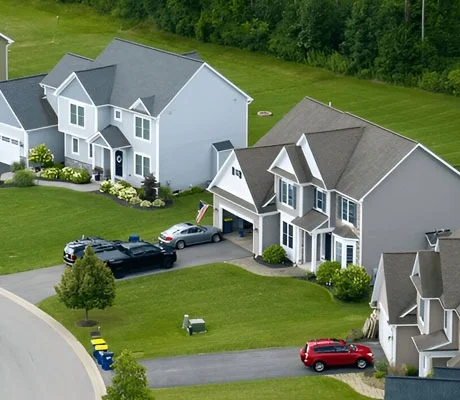How to Secure Zoning Variances and Rezoning Approvals in NY
Navigating the complex web of zoning laws in New York State can be a challenging task—especially for first-time developers or property investors. Whether you’re looking to build new rental apartments on the Upper West Side, develop condos for sale in Manhattan NY, or transform a historic building in Clinton Hill NYC, understanding how to secure zoning variances or approvals for rezoning is essential.
In this guide, we will walk you through the process, help you understand the terminology, and offer expert insight on how to successfully maneuver through New York’s intricate land use system.
What Is a Zoning Variance?
A Zoning Variance is official permission granted by a local zoning board that allows you to use land or buildings in a way that deviates from current zoning laws. Variances are generally granted when the property owner can prove that existing regulations impose unnecessary hardship.
Rezoning vs Variance – What’s the Difference?
-
Rezoning involves changing the zoning designation of a parcel entirely (e.g., from residential to commercial).
-
A variance allows an exception without changing the zone designation (e.g., allowing a taller building than the current FAR (Floor Area Ratio) allows).
Step-by-Step Process to Secure a Zoning Variance or Rezoning Approval in NY
1. Understand Local Zoning Laws
Start by researching zoning classifications and zoning regulations for your area. Our New York State Zoning Laws Guide offers a comprehensive overview.
2. Hire a Development Consultant
Professionals specializing in development consulting can help prepare your application and represent your interests during hearings. They also ensure land use compliance, helping you avoid costly delays.
3. Review the SEQRA Guidelines
The State Environmental Quality Review Act (SEQRA) mandates environmental assessments for certain development activities. Non-compliance may delay your approvals.
4. Prepare a Strong Application
Your variance or rezoning application should include:
-
Site plans
-
Justifications for deviation (e.g., hardship, benefit to the community)
-
Expert assessments, if needed
5. Public Notification and Hearing
You must notify surrounding property owners and attend a public hearing. Be ready to answer questions and address concerns.
6. Board Decision
After the hearing, the zoning board will make a decision. Approval depends on the evidence provided and community feedback.
Key Elements That Influence Zoning Decisions
-
FAR (Floor Area Ratio)
Dictates how much floor space you can build relative to your lot size. -
Setbacks and Lot Coverage
Setbacks define the distance from property lines, while lot coverage limits how much of your lot you can build on. -
Inclusionary Zoning Requirements
Developers may be required to include affordable housing units in their projects to get additional building incentives.
Where to Invest: Hot NY Markets in 2025
Whether you’re investing in homes for sale in Poughkeepsie NY or eyeing luxury new penthouses in NYC, proper zoning approval can maximize your ROI. Popular areas include:
-
15 Central Park West NY NY – Ideal for high-end residential development
-
Apartments for Rent in Astoria NY – A growing rental market with rezoning opportunities
-
Clinton Hill NYC – Perfect for boutique condo developments
📢 Final Thoughts
Securing a zoning variance or getting a property rezoned in New York is never simple—but with professional guidance, well-prepared documents, and community awareness, your project can move forward efficiently. Don’t let bureaucracy block your dream development—Top Real Estate Companies in NYC Goat Realty is here to help you every step of the way.
